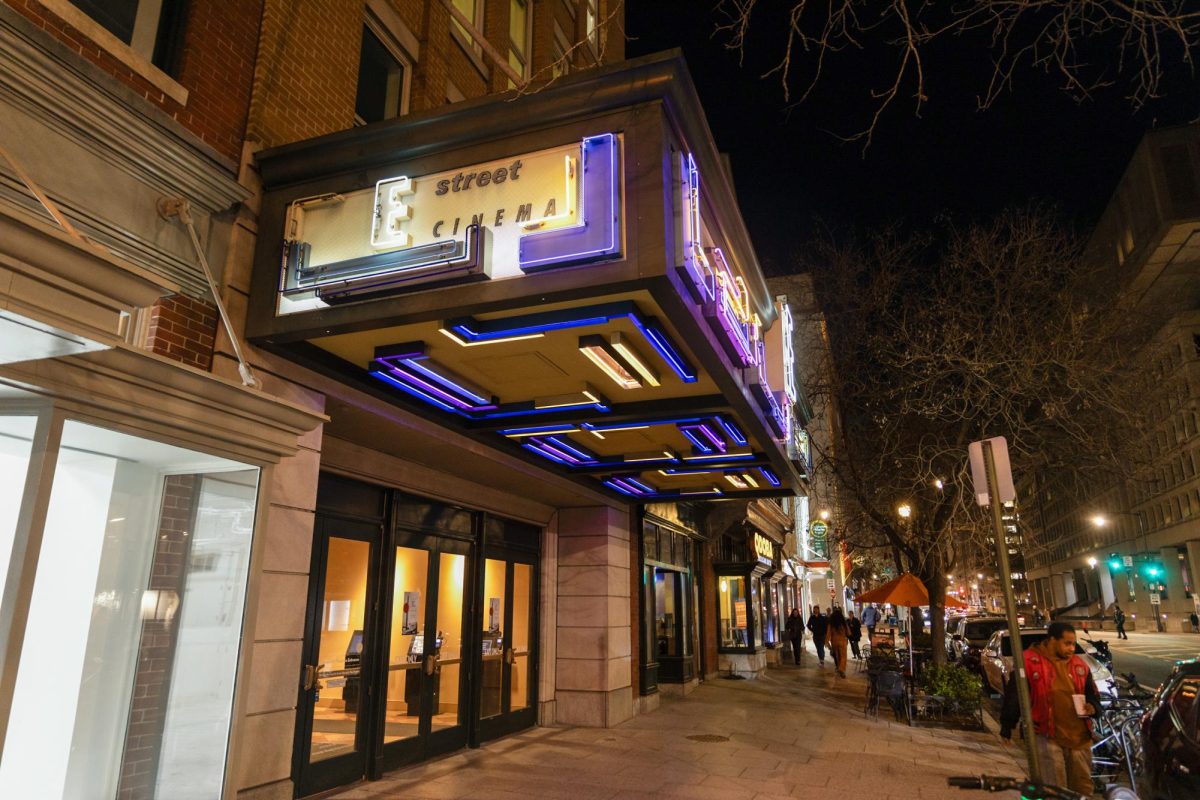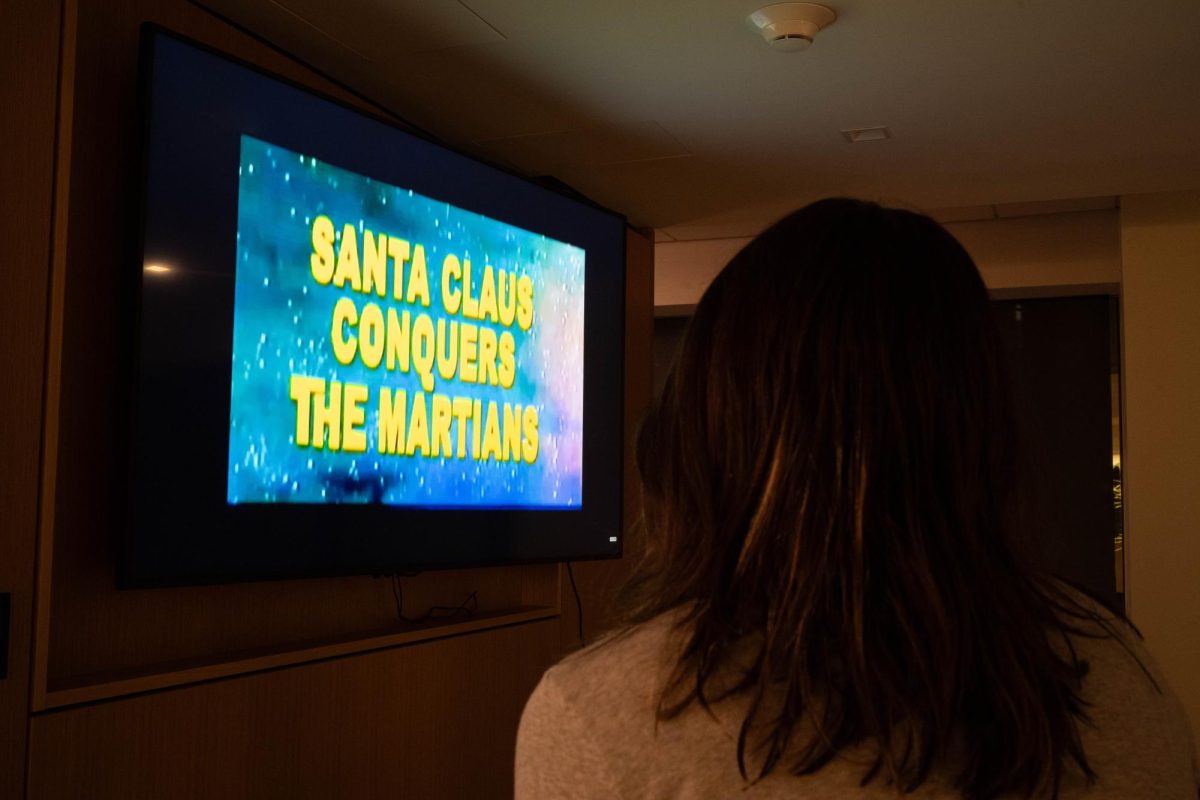Netflix’s original series “Kaleidoscope,” which was released this month, centers around a traditional money heist mystery with a twist – viewers can watch the episodes in any order.
With its one-of-a-kind “choose your own adventure” approach, the streaming platform orders the episodes of “Kaleidoscope” randomly on each Netflix profile, with the exception of the finale, “White,” which depicts the heist itself. Each order combination alters the viewer’s experience while watching the series, but if the prospect of selecting your own order for these episodes overwhelms you, you’re not alone.
We checked out the episodes in three different orders so you don’t have to:
Viewing Order: “Green,” “Yellow,” “Blue,” “Violet,” “Orange,” “Red,” “Pink,” “White”
Annie O’Brien | Research Assistant
As a toy with reflective surfaces tilted to create everchanging patterns, kaleidoscopes reveal their colors in more than one way. As a TV show, I wish the colors had not revealed themselves to me in this order. Viewing “Green” first established the connection between the show’s protagonist Ray, a wizened experienced robber, and his partner Stan – a younger, whiny criminal. His relationship with Stan is vital to the formation of the heist group.
But the next two episodes – “Yellow” and “Blue” – failed to capture my interest. This order jumps from a jailbird escape to heist planning, which feels inverted. Most of Ray’s recruits lack depth. Stan, Bob and his wife Judy seem as out of order as the show’s episodes – other than a penchant for criminal activity, they have no motive for joining the heist now that they’re free of captivity.
“Violet” dives into the backstory of Leo, the mastermind and leader behind the heist, explaining the motives for the first seemingly unnecessary heist. After spending time with the lost trio of Stan, Bob and Judy, Leo brings a breath of fresh air. The story loses momentum in the next episode – “Orange” jumps back to the backstory of the investigating FBI agent. In focusing on the FBI agent instead of the heist planning, the audience is not inclined to root for the FBI agents who were introduced in depth too late or the criminals whose plan is not clear to viewers. Due to a lack of character development, I lacked the emotional attachment to root for either the criminals or the FBI, turning my viewing experience into mediocre, befuddling entertainment.
Viewing order: “Green,” “Yellow,” “Violet,” “Orange,” “Blue,” “Red,” “Pink,” “White”
Katrina Hauser | Reporter
My viewing began with the episode “Green,” which takes place seven years before the heist. This episode differs drastically from the others in both tone and setting. The story begins inside a prison with two of the main characters and no details about the circumstances that put them there. Though the introduction is vague and confusing, the episode makes up for a lack of clarity with enticing action.
The transition to the second episode “Yellow” was easy as the main protagonist Leo starts to pull together a crew to perform the heist. “Violet” reveals Leo’s motivations which trace back 24 years into the past. Although this format enables the show to quickly and easily explore relationships that span over two decades, “Violet” is slow – its sole central plotline could have easily been retold within minutes in another episode. The following two episodes in my viewing order, “Orange” and “Blue,” also failed to gain the proper momentum. Rather than ramping-up anticipation for the heist by generating tension between characters, the episodes provide more details about how the heist is set to play out. Instead, “Kaleidoscope” should have kept the events of the heist vague and saved its exposition for strengthening relationships.
Episodes “Red” and “Pink” reveal the aftermath of the heist, but all viewings end with “White,” the episode that portrays the heist itself. Though I appreciated that this order gave me an original perspective, the content of the series itself failed to execute itself in a massively entertaining way. The result is unsatisfying and lackluster in comparison to most iconic cinema heists.
Most of the ensemble’s characters do not come across as criminal masterminds but instead as greedy fools, so the series never gives audiences reason to root for any of the crew except Leo, the protagonist. If “Kaleidoscope” had focused more on rounding out its characters and their relationships, it would not have had to hide behind a flashy format that barely conceals its conceptual failures as it is.
Viewing order: “Yellow,” “Violet,” “Orange,” “Green,” “Blue,” “Red,” “Pink,” “White”
Clara Duhon | Culture Editor
Rather than letting Netflix choose my randomized viewing experience, I followed a viewing pattern recommended by a Vulture reporter that briefly introduces each of the characters before giving the audience a window into their past. This order provided an engaging way to learn about the background of each character, and I especially appreciated the placement of “Yellow” as the introductory tone of the series. In this episode, Leo forms his team to take on the heist and viewers catch a glimpse into each of the main characters ahead of diving deeper into their backgrounds and motivations.
“Violet” and “Green,” which both take place years before the heist, are interspersed with more present-day episodes, slowly peeling back the layers of characters’ past experiences with crime while simultaneously pushing forward the present-day plot. This order chips away at Leo’s character in these flashback episodes – viewers gradually piece together the puzzle of his intentions later on, but the slow burn of his plotline is sure to heighten engagement with the show.
“Blue,” the episode just days before the heist, builds up a strong tension as you question allegiances before promptly heading into the frantic minutes after the heist in the following episode. As I transitioned into “Red” and “Pink,” which chronologically told the story of the heist and its aftermath, I was on the edge of my seat, eager for these episodes to reveal hints so I could piece together the mystery. Ending on “White,” as the series intends, filled the plot holes developed throughout the course of the show as different plotlines laced together seamlessly.
My experience with the show was undoubtedly entertaining. But if I need to follow an intentionally curated viewing order to appreciate the story, then the show’s central design to curate a randomized viewing experience for each viewer fails entirely. Netflix has drawn large audiences to prior “choose your own adventure” storytelling, and experimenting with interactive content like this can offer a captivating way to harness audiences in the future. But just like a kaleidoscope creates gorgeous patterns no matter how the colors are arranged, each and every one of the show’s randomized episode orders must reflect the meaning of the storyline for the series to work.






![The [insert here] improv group asks for volunteers during a skit.](https://gwhatchet.com/wp-content/uploads/2025/02/Slate_2_8_25_KW-1-1200x800.jpg)

